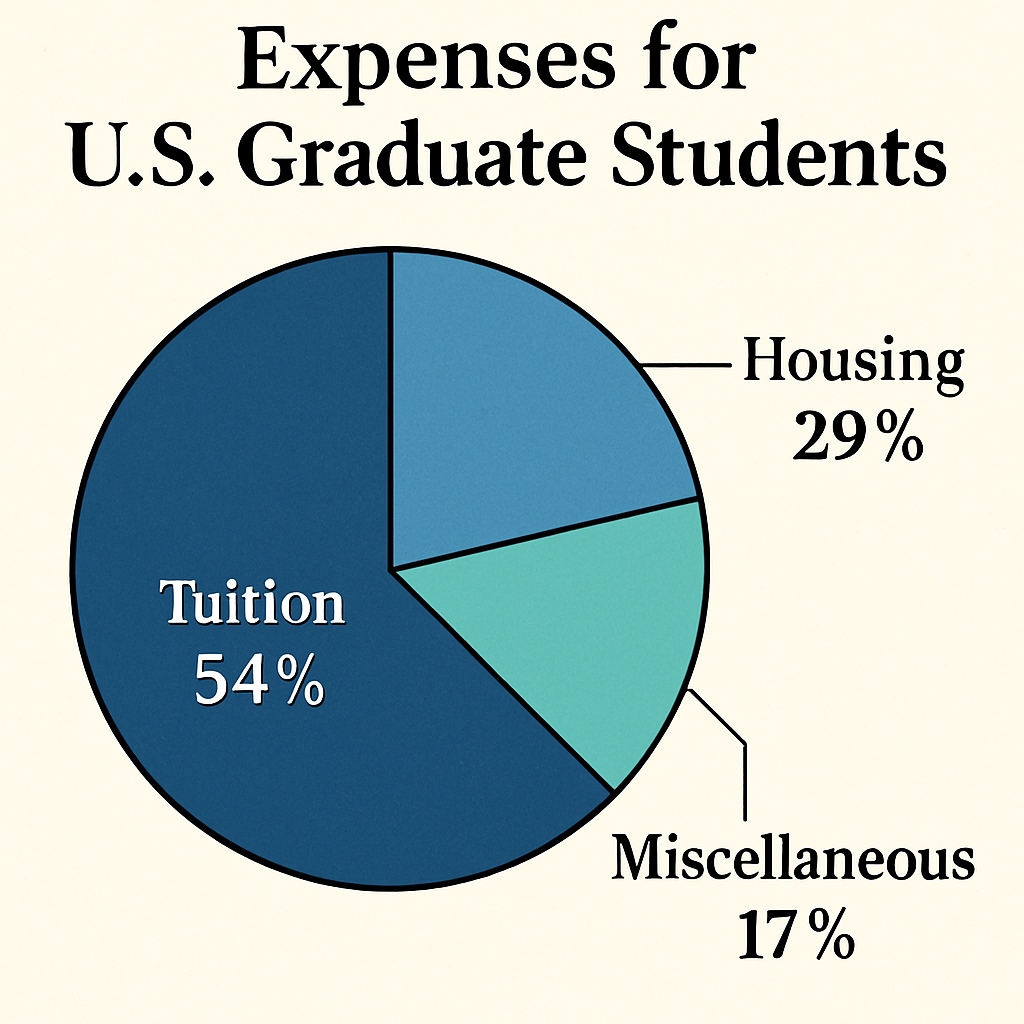Applying for a U.S. master’s program is a significant decision that requires careful planning and evaluation. Whether you’re aiming to advance your career, broaden your academic horizons, or gain international exposure, pursuing a master’s degree in the U.S. can open many doors. However, the feasibility of this choice depends on various factors, including academic qualifications, financial readiness, and long-term goals. This article will explore these aspects to help you make an informed decision about your study abroad journey.
Is a U.S. Master’s Degree the Right Choice for You?
Before diving into the application process, it’s essential to assess whether pursuing a master’s degree in the U.S. aligns with your personal and professional aspirations. The U.S. is home to many prestigious universities, such as Stanford, MIT, and Harvard, which offer specialized programs tailored to various fields. However, these programs are rigorous and demand a high level of commitment.
Key questions to ask yourself include:
- Does the program align with my career goals?
- Am I prepared for the academic and cultural challenges of studying abroad?
- Can I manage the financial responsibilities associated with studying in the U.S.?
Answering these questions honestly can provide clarity on whether this path is suitable for you.

Academic Preparation: Meeting Admission Requirements
Most U.S. universities set high academic standards for their graduate programs. Typically, applicants are required to submit:
- Undergraduate transcripts with a strong GPA
- Standardized test scores, such as GRE or GMAT
- English proficiency test scores (TOEFL or IELTS) for non-native speakers
- Letters of recommendation
- A compelling statement of purpose
Preparing these materials takes time and effort, so it’s crucial to start early. In addition, some programs may require professional experience or a portfolio, depending on the field of study. For example, applicants to design or architecture programs often need to showcase their creative work.
Researching specific program requirements ahead of time will help you tailor your application to meet each university’s expectations.
Financial Considerations and Funding Options
Studying in the U.S. can be expensive, with costs including tuition, living expenses, and additional fees. According to recent data, the average annual tuition for a U.S. master’s program ranges from $20,000 to $60,000, depending on the institution and area of study.
To manage these costs, consider the following funding options:
- University scholarships and assistantships
- External scholarships from organizations
- Education loans
- Part-time work opportunities during your studies
Many universities offer financial aid packages for international students, but these are often competitive. Planning your finances early and exploring multiple funding options can make your study abroad experience more feasible.

Cultural and Professional Benefits of Studying in the U.S.
Beyond academics, studying in the U.S. provides opportunities for personal growth and professional development. You’ll have the chance to interact with students and faculty from diverse backgrounds, enhancing your global perspective. Additionally, many U.S. universities offer networking events, internship opportunities, and career services to help students transition into the workforce.
For example, graduates from U.S. master’s programs often find themselves better positioned in competitive job markets. In fields like technology, business, and healthcare, a U.S. degree can serve as a strong differentiator.
Conclusion: Making an Informed Decision
Applying for a U.S. master’s program is an exciting but complex process that requires thorough planning. By evaluating your academic readiness, financial capabilities, and long-term goals, you can determine whether this path aligns with your aspirations. While the journey may be challenging, the rewards of a U.S. education can be transformative, offering both personal and professional growth opportunities.
If you’re still unsure, consider consulting with education counselors or reaching out to alumni from your desired programs. Their insights can provide valuable guidance as you navigate this important decision.
As a result, taking the time to research and prepare can turn your dream of studying in the U.S. into a reality.


